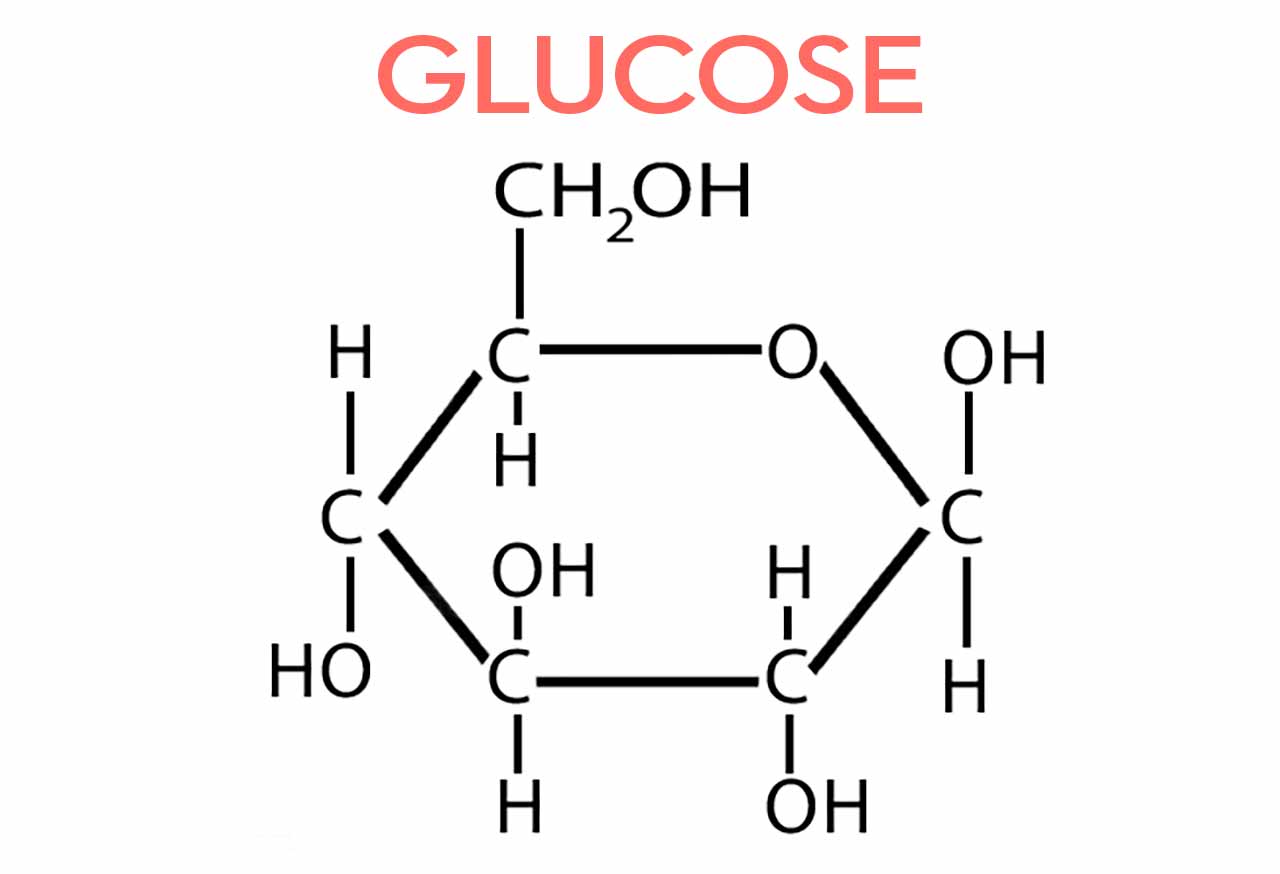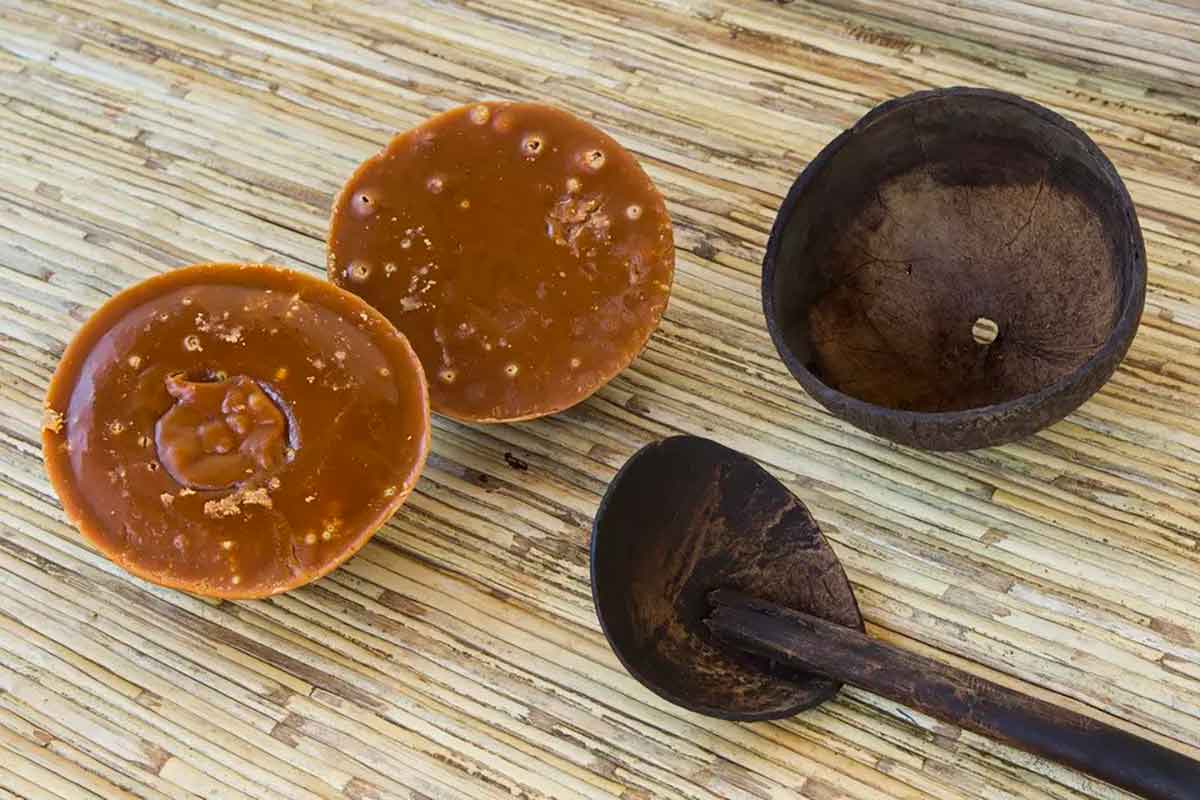

written by : DOMINIK VANYI
translated from Indonesian by: JAH DEWA GAUTAMA
Or maybe you’ve come across the terms ‘glucose’ and ‘fructose’ and wondered what’s the difference? What do they have to do with sugar?
Don’t worry, this article won’t be filled with technical terms. You won’t need a background in medicine or chemistry to understand what I am going to cover.
Now, let’s dive deeper.
Firstly, we must ask ourselves: what is the role of sugar in our bodies?
We, as humans, are made up of around 30 trillion cells! (for you more visual readers = 30,000,000,000,000) Each one of these cells requires energy to live and carry out its functions.
However, our body does not have a central power station that can supply all the trillions of cells with energy.
Each cell needs to produce its own energy.
Imagine our body to be a city with many households. And in each household, there are several rooms.
And each room has appliances like lightbulbs, air conditioning & heating, electrical gadgets such as computers, televisions, etc… They all need energy to work.
So each room in each household needs to produce its own energy. So does each cell in our body.
In order to fuel this energy-making process, cells require glucose. And where does the glucose come from? Our diets of course, within the sugary and carbohydrate-heavy foods.
Our cells are also able to utilise fats as a fuel, but for reasons of relevance, we shall be focusing on sugar in this article. I’ll get to fat as fuel sources in upcoming articles.
Our bodies are basically just one extremely competent chemistry lab and if we do not consume any sugar or carbohydrates, our bodies do this for us. This process is called Gluconeogenesis.
There are a couple of ways that our body can produce its own sugar. The first of which is to draw energy from the fat we have stored, or from the fat we consume via our dietary intake. Another is to draw this energy from proteins, both are effective ways in which our body produce its own sugar.
And this happens more often than one might think.
As important as it is, the dangers of sugar, as with many things in life, is overconsumption. If you are consuming sugar on a moderate basis, it should not give you any problems. Continuous overconsumption of sugar and carbohydrates, however, can lead to a variety of complications.

THE GLUCOSE MOLECULE
Before we move further, I should mention that our cells don’t actually use the sugar or glucose as an energy source. Well, not directly. This is because before being used as a cells’ energy source, the glucose must be converted into a chemical known as ATP. Only then can it be ‘burned’ for energy.
For this particular article, you don’t need to know about ATP. It is enough that you understand that our bodies turn sugar into glucose.
This glucose is then distributed to our cells wherein they are used to produce energy. The way in which glucose travels around our bodies is via the circulatory system (blood vessels). Mind-boggling to think that one system can supply around 30 trillion ‘clients’…

And this is important to know as a sufferer of Diabetes Type-2, that all sugar and carbohydrates will end up as glucose in the blood.
Therefore we can conclude that there is no type of sugar that is better than another. It is all converted into glucose by the body.
How much glucose can we have in our blood?
The ideal level of glucose within our circulatory system is approximately 4-5 grams. More or less a teaspoon worth of sugar.
If we consume more glucose than necessary, our bodies must find a place to store it. We can’t have surplus glucose just ‘hanging out’ in our blood. Our bodies do this in one of two ways.
Let’s take a closer look shall we?
The first storage unit our bodies use is our liver. Our liver can store between 100-120 grams of glucose.
The second place is our muscles. And here, depending on your weight and size, we can store up to 400 grams of glucose.
Put together, that is quite a lot. Around 500 grams (1.1 pounds) of excess glucose can be stored within our body.
To store the excess Glucose, it must first be converted into Glycogen. But again, for the purpose of this article, we can use the terms interchangeably.
Glycogen, can only be stored temporarily. And not for that long either, only around 24 hours.
If you are keen to explore our bodies use of Glycogen in more detail, please follow this link: Glycogen Metabolism | Glycogenolysis | Pathway, Enzymes and Regulation

If both the liver and your muscles are at full glucose capacity, but there is still excess sugar in your blood what does our body do?
Now, this is one of those situations that worries people. This is because excess glucose or sugar gets converted into FAT. And this fat will be stored within cells that are dedicated to storing fat. These types of cells exist all over our body, but are most prevalent around the tummy area.
This process of storing sugar as fat is what makes us chubby on the outside. The technical term for this process is: De Novo Lipogenesis
We have already covered the fact that beside glucose, our cells are able to use fat cells as an energy source.
However, this can’t be done by every single cell in the body. The Brain, for example, can only use glucose as an energy source and not fat.
In actuality, I must say that our Brain cells are able to use ketones instead of sugar, but this is something for an upcoming article.
Up until this point we have only really discussed sugar and glucose. So you may be wondering about carbohydrates.
Chemically, all types of carbohydrates are sugars. How?
Well because during the digestive process, all types of carbohydrates are converted into glucose.
It is important to understand as many people believe that there are ‘good’ and ‘bad’ carbohydrates. This is in fact, not true.
Because, all types of carbohydrates will be converted into sugar/glucose.
What is true however, is that the process of converting carbohydrates into sugar can either be quick or slow. And for those who suffer from Type-2 Diabetes, carbohydrates that take longer to be converted, are not as bad as those that are converted quicker.
The speed in which this process occurs is measured by the: GI – Glycemic Index. We will discuss this in another article.
THE SCIENCE OF SUGAR
There are three types of carbohydrates:
MONOSACCHARIDES | DISACCHARIDES | POLYSACCHARIDES
Monosaccharides are: Glucose, Fructose, or Lactose
Disaccharides are two monosaccharide molecules that have joined one another.
While our bodies are processing the sugars, these molecules will be separated and be converted into monosaccharides. Some examples of disaccharides are: table sugar, Dextrose, and Sucrose among others.
Polysaccharides have many different varieties, and they are what we classify as complex carbohydrates.
Chemically, Polysaccharides are simply chains of monosaccharide molecules fused together. Similar to disaccharides, each molecule is connected and just like disaccharides, they are converted into monosaccharides after being processed by the body.
When we consume any sort of carbohydrates, our digestive system will convert it into a monosaccharide. The most common being, Glucose.
If you eat noodles(pasta), cakes, bread, veggies, fruits or any other carbohydrates, our body (after digestion) receives them mostly as Glucose.
This is why those who suffer from Type-2 Diabetes are told to eat less sugar and carbohydrates.
Something to keep in mind, rather important if I may say so myself, is that vegetables are also carbohydrates. And so are fruits…
The good news is that not all carbohydrates will result in the same effect on your blood sugar. There are carbohydrates that increase your blood sugar levels much higher than others.
The extent to which a type of carbohydrate increases your blood sugar level is measured by the Glycemic Index. Next, I will provide some examples of food and where they lie in the Glycemic Index scale.

Well, our bodies have been designed in a way to not waste/throw away excess sugar.
The Glucose in our bodies can only be used in two ways. Either directly as an energy source for our cells. Or it can be converted into fat and stored in the fat cells. This is the reason why excess calories end up as body fat.
To be honest, I have to say that excess sugar CAN be expelled through our urine. But do not let that allow you to think that this will solve any issues…. no, not at all.
The reason for this is that expelling sugar through urine is a strategy employed by the body in case of emergencies only. This only occurs when your blood sugar levels are so high that the body considers the sugar to be a toxin.
Our kidneys will also follow suit in this case and will assist in expelling it through our urine. However, if the kidney is burdened with this role for too long, it will begin to fail.
This is part of the reason why many people who suffer from Type-2 Diabetes also experience kidney problems.
It actually isn’t the sugar that is hiding, but the food industry using a variety of marketing techniques, to disguise the sugar contained within their products.
With their dirty little tricks, they are able to fool the majority of the population into buying their product.
Healthy sugars?
Nope. Doesn’t exist. Those who claim otherwise are either lying or just don’t know any better. The food industry guys are extremely creative storytellers.
Those within the food industry know that the public awareness of the dangers of excessive sugar is increasing.
That is why the marketeers use words such as: natural sugars or label their food with ‘no added sugars’. They use words that most people are unfamiliar with, like: Dextrose, Sucrose and Lactose.
Another tactic they employ to disguise or hide sugars is to create the impression that ‘natural’ sources of sugar are less harmful to you.
Palm Sugar, Fruit Sugars, Coconut Sugar – all just sugars… PERIOD.
It is true, however, that in some types of sugar (palm sugar) they may contain some healthy vitamins or minerals, but it remains that over 80% of that teaspoon of palm sugar is plain SUGAR.
It is like putting some vitamin C into the filter of a cigarette and saying that it is healthier than other cigarettes…
You draw your own conclusions.
Those ‘liars’ in the marketing department have actually been quite successful in fooling people. I have seen and heard within the Diabetes circles that using one such sugar is better than using regular table sugar.
But I can’t force you into believing me. If you hold a belief about sugar that has been proven wrong, that’s your choice.

SO CALLED NATURAL SUGARS ARE JUST THAT S U G A R
It is so important that our bodies are even able to produce it itself if you do not consume enough from your diet.
Glucose only becomes an issue if our bodies are constantly flooded with it.
A special warning to those who suffer from Type-2 Diabetes, there are no ‘good’ or ‘bad’ carbohydrates and sugars. At the end of the day, they all become GLUCOSE.
👉Greetz from BALI & Be healthy always👈
DOMINIK🙏🙏🙏

0 Comments